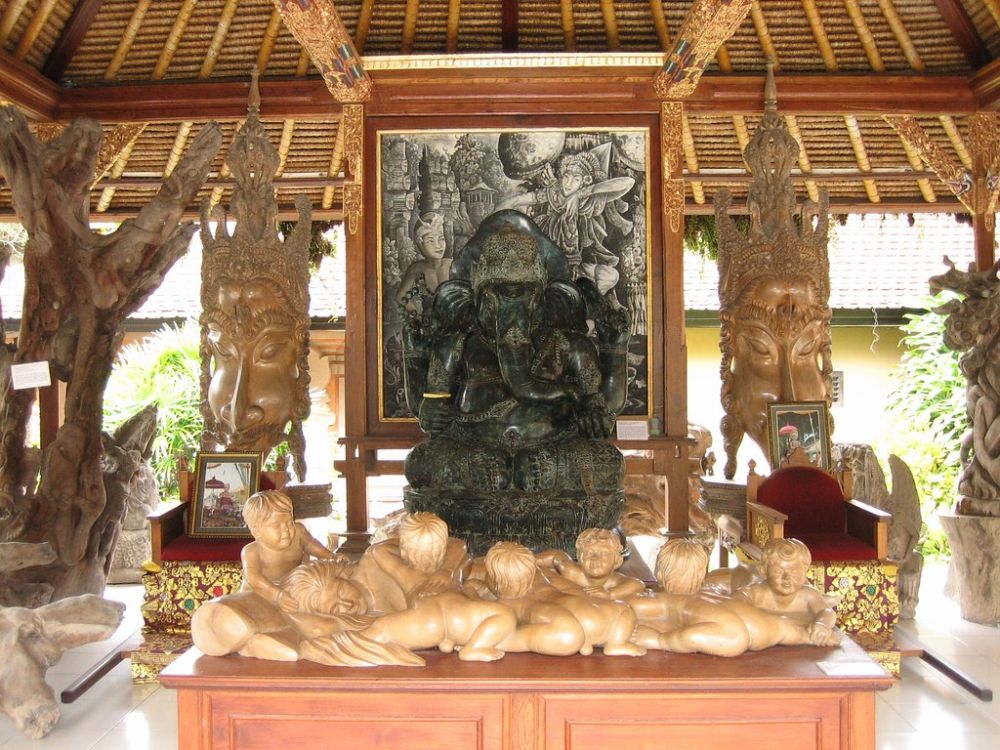

Located in the cultural heart of Bali, the Neka Art Museum stands as an epitome of Balinese artistic heritage in Ubud, Indonesia. Established by Suteja Neka, a Balinese teacher and art collector, the museum opened its doors to the public in 1982. Drawing inspiration from his experience as an art connoisseur and with guidance from renowned Dutch artist Rudolf Bonnet, Suteja Neka aimed to create a space that would not only preserve but also celebrate the rich tapestry of Indonesian art.
The history of tourism in Ubud is intertwined with the blossoming of its art scene, which began in the early 20th century. Ubud's allure as a cultural pilgrimage started to intensify when notable Western artists, such as Walter Spies and Rudolf Bonnet, made it their home. They collaborated with Balinese artists to fuse traditional techniques with Western styles, thereby elevating local art to a global stage. The subsequent interest in Ubud's culture and arts spearheaded the town's transformation into a vibrant tourism hub.
The foundation of Neka Art Museum was pivotal in Ubud's tourism history. Not only did it become an essential stop for culturally inclined tourists, but it also played a critical role in protecting the island's artistic legacy. With carefully curated sections showcasing different genres and time periods, the museum captures the evolution of Balinese art from the influence of foreign artists to the development of contemporary styles.
The presence of the Neka Art Museum bolstered Ubud's image as a cultural center. Visitors flock to the museum to enjoy its extensive collection, which includes works by Balinese, Indonesian, and foreign artists who have been influenced by Balinese tradition and tropical beauty. As tourism trends shifted towards experiential and educational travel, the Neka Art Museum became a significant asset in offering a deep dive into the artistic history of the region.
In recent years, Ubud has seen a resurgence in sustainable tourism and cultural immersion experiences. Tourists are increasingly seeking out authentic and meaningful interactions with the local community and culture, often opting for longer stays to fully immerse themselves in the island's way of life. The Neka Art Museum perfectly caters to this contemporary trend, providing visitors with enriching experiences through its vast displays and educational programs.
Moving forward, the Neka Art Museum continues to innovate and adapt to the latest tourism trends. With the rise of digital platforms and social media, the museum has begun leveraging these tools to attract a wider, more global audience. Virtual tours and online galleries are becoming more prevalent, allowing art enthusiasts to explore the museum's collections from anywhere in the world. This blend of traditional preservation with modern outreach exemplifies the vital role of the Neka Art Museum in keeping Ubud at the forefront of cultural tourism.